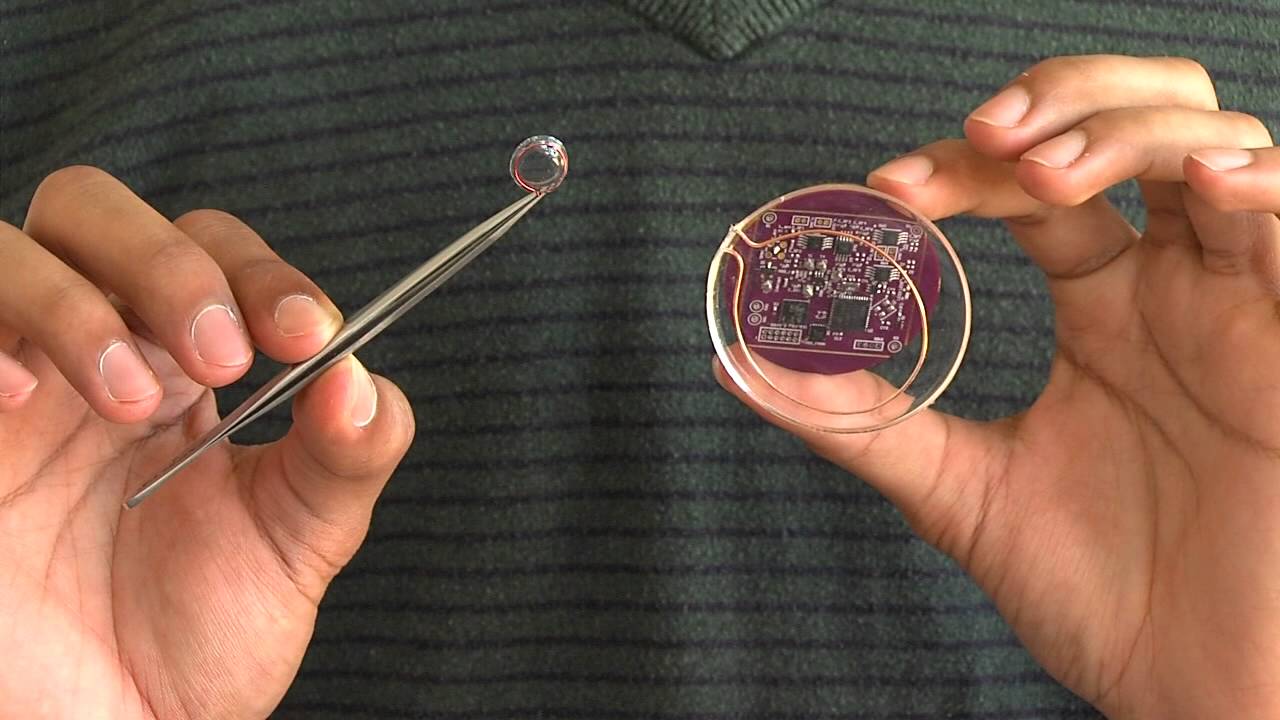Luv this.
Smart devices implanted in the body have thus far not been able to communicate via Wi-Fi due to the power requirements of such communications. Surgery is required when the battery in a brain stimulator or a pacemaker needs to be replaced. Not only is this expensive, but any surgery has inherent risks and could lead to complications. It is therefore critically important that the battery life in implanted medical devices be preserved for as long as possible.
Other constraints limiting how much power a device can use include their location in the body and their size. New emerging devices that could one day reanimate limbs, stimulate organs, or brain implants that treat Parkinson’s disease are limited by the same factors.
Smartwatches, smartphones and other similar Bluetooth enable devices continuously transmit communication signals. A team from the University of Washington (UW) consisting of computer scientists and electrical engineers, have developed a method that utilizes these signals and converts it to Wi-Fi signals. The new method uses ten thousand times less energy than traditional methods do. Another huge advantage of this method is that it does not need any specialized equipment.
